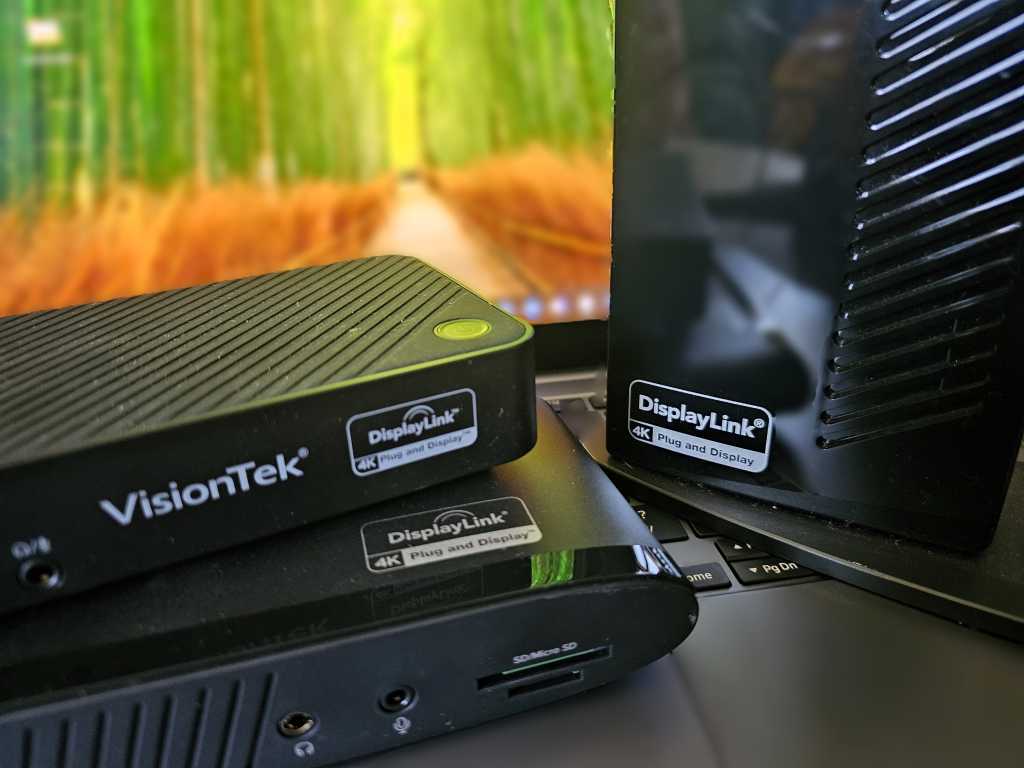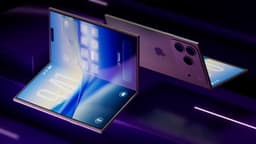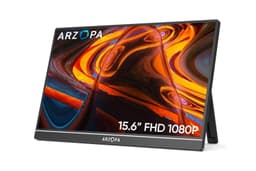Home / Technology / USB-C Docks Gain Thunderbolt Power via DisplayLink
USB-C Docks Gain Thunderbolt Power via DisplayLink
26 Nov
Summary
- DisplayLink docks leverage data compression for enhanced USB-C capabilities.
- These docks offer more displays than Thunderbolt but aren't for gaming.
- DisplayLink requires a driver, unlike native Thunderbolt or USB-C connections.

A third option for laptop port expansion is emerging, blending the capabilities of USB-C hubs and Thunderbolt docking stations. DisplayLink docking stations use data compression to bring Thunderbolt-like features, including multi-display support, to standard USB-C ports. This technology is particularly beneficial for office productivity, offering a more stable and often cheaper solution than previous docking technologies.
While standard USB-C offers limited bandwidth, and Thunderbolt provides 40Gbps, DisplayLink effectively bypasses these limitations through compression. This allows multiple high-resolution displays to be driven, even exceeding what native Thunderbolt docks can manage. However, this compression comes with a caveat: gaming performance can be impacted, though office applications and video streaming remain unaffected.
Unlike native USB-C or Thunderbolt, DisplayLink docks require a software driver for full functionality. Despite this, they are praised for their stability and ability to support more displays. For optimal performance, modern hardware with Intel 10th-gen or AMD Ryzen processors and above is recommended.




